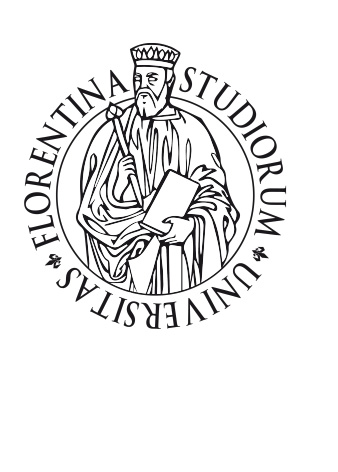Ancora sul Lai de Milun di Maria di Francia
Abstract
ABSTRACT: Maria di Francia nel Prologo generale propone una lettura simbolica dei suoi Lais: spetta ai lettori (e al critico moderno) l’onere di isolarne i tratti specifici. Attraverso l’analisi della trama e dei personaggi è possibile scorgere nella storia d’amore tra Milun e la Dama la figura analogica di uno dei grandi temi della storia della Salvezza e di un argomento tra i più discussi nei circoli intellettuali della seconda metà del XII secolo. Maria, infatti, usando del linguaggio biblico come matrice del suo discorso poetico, propose una riflessione su quella conversione del popolo ebraico che sarebbe stata prodromica all’unione tra la Vecchia e la Nuova Legge. La poetessa, nel rendere plaisibles le sue storie, le dotò di un sovrappiù di significato, venendo così incontro all’orizzonte d’attesa (ideale quanto estetico) del suo pubblico.
ABSTRACT: Marie de France, dans le Prologue général, propose une lecture symbolique de ses Lais: il appartient aux lecteurs (et à la critique moderne) d’en isoler les traits spécifiques. À travers l’analyse de l’intrigue et des personnages, il est possible de reconnaître dans l’histoire d’amour entre Milun et la Dame la figure analogique d’un des grands thèmes de l’histoire du Salut et d’un des sujets les plus discutés dans les milieux intellectuels de la seconde moitié du XIIe siècle. Marie, en effet, en utilisant le langage biblique comme matrice de son discours poétique, propose une réflexion sur la conversion du peuple juif qui serait prodromique à l’union entre l’Ancienne et la Nouvelle Loi. En rendant ses récits plaisibles, la poétesse leur confère un surcroît de sens, répondant ainsi à l’horizon d’attente (idéologique et esthétique) de son auditoire.
ABSTRACT: In the General Prologue, Mary of France offers a symbolical reading of her Lais; isolating any specific features remains her readers’ – and the modern critique’s – responsibility. An analytical approach to the plot and characters – particularly of Milun’s romantic involvement with the Dame – reveals an archetypic connection to one of the most important themes recurring in the history of Salvation, namely one of the main matters of discussion among the intellectuals during the second half of the 12th century. Indeed, Mary bases her poetic discourse upon a biblical language, consequently introducing a reflection on the conversion of the Jewish people, which would prefigure the union of the Old and New Law. In the process of making her stories plaisibles, the poetess endowed them with additional meaning, thus meeting both the ideal and aesthetic expectations of her readers.
Keyword
Full Text
PDFRefback
- Non ci sono refbacks, per ora.
Copyright (c) 2023 Medioevo Europeo

This work is licensed under a Creative Commons Attribution-ShareAlike 4.0 International License.


